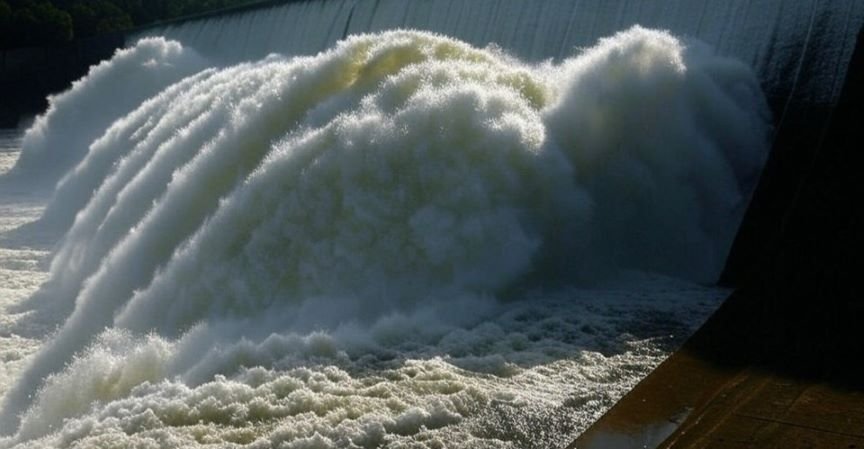China to Build World’s Largest Hydropower Dam in Tibet
China has greenlit the construction of what is set to become the world’s largest hydropower dam, located on the lower reaches of the Yarlung Zangbo River in Tibet. Once completed, the dam is expected to generate an estimated 300 billion kilowatt-hours (kWh) of electricity annually. This ambitious output would surpass the capacity of the current record-holder, the Three Gorges Dam, which produces 88.2 billion kWh annually.
This project is part of China’s broader push to achieve carbon neutrality while spurring industrial growth and creating jobs in the Tibetan region, according to the official Xinhua news agency.
Engineering Challenges
The site for the dam, in a section of the Yarlung Zangbo where the river plunges 2,000 meters over a short span of 50 kilometers, poses unique engineering challenges. The total investment in the dam is expected to exceed the 254.2 billion yuan ($34.83 billion) spent on the Three Gorges Dam, which included the costs of resettling 1.4 million people.
However, details regarding displacement and ecological impact remain unclear. The project area is part of one of the most biodiverse ecosystems on the Tibetan plateau. While Chinese officials insist the dam will have minimal impact on the local environment and downstream water supplies, neighboring countries are skeptical.
Regional Concerns
The Yarlung Zangbo transforms into the Brahmaputra River as it flows into India’s Arunachal Pradesh and Assam before reaching Bangladesh. Both nations have raised alarms about how this massive dam could disrupt water flow, affect agriculture, and alter the river’s natural course.
India and Bangladesh rely heavily on the Brahmaputra for irrigation, drinking water, and ecosystem sustainability. Any disruption could lead to geopolitical tensions, with potential consequences for millions of people downstream.
China’s Expanding Hydropower Ambitions
China has already begun harnessing hydropower on the upper stretches of the Yarlung Zangbo. The planned dam in Tibet underscores the country’s determination to expand its renewable energy footprint, but it also raises questions about equitable water resource sharing among nations.
As China proceeds with this massive undertaking, all eyes will remain on the potential environmental, social, and geopolitical impacts of what could be the largest hydropower project in human history.
See Also:
OpenAI Whistleblower, Suchir Balaji, Found Dead in US
How Much Prize Money Did Gukesh Win
86 Indians Killed or Attacked Abroad in 2023
Police Summon Wife of Atul Subhash in Suicide Investigation
——————————————————————————-
It would mean the world to us if you follow us on Twitter, Instagram and Facebook. At Newscazt, we strive to bring you the latest news and stories from India, World, Business, Sports, Entertainment and more. Our team of experienced journalists and writers are committed to delivering accurate and unbiased news and analysis.




